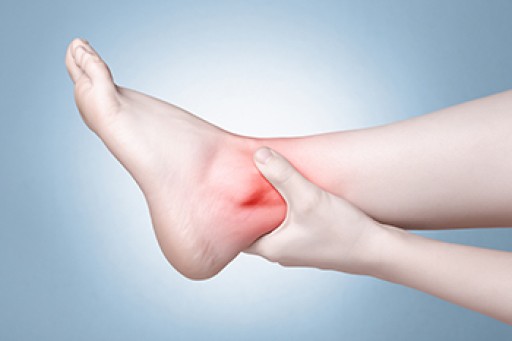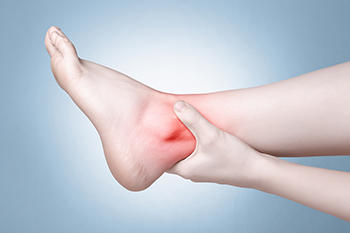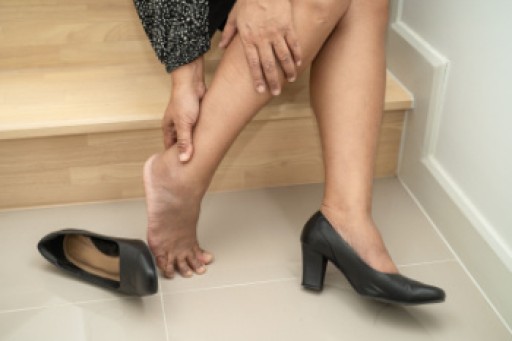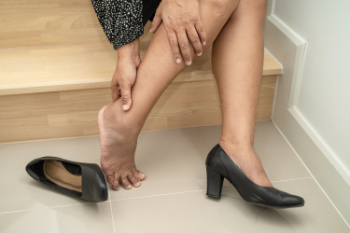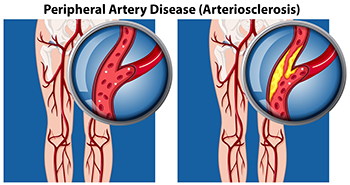
Peripheral artery disease, or PAD, affects millions of individuals in the United States. It is caused by reduced blood flow due to plaque buildup in peripheral arteries. PAD often targets the lower extremities, seriously affecting the legs and feet. A common indicator of peripheral artery disease is intermittent muscle pain in the lower legs during activity that subsides with rest. Other signs include diminished toenail and leg hair growth, temperature disparities between feet and non-healing wounds. Treatment from a podiatrist is essential for alleviating symptoms and preventing further complications. Podiatrists can offer various treatment options for PAD, including custom orthotic devices and footwear modifications, and in severe cases, surgical intervention. Additionally, lifestyle adjustments, such as smoking cessation and managing underlying conditions like hypertension, are essential in PAD management. Early intervention not only improves quality of life but also reduces the risk of severe complications associated with PAD. If you experience symptoms of peripheral artery disease that is affecting your lower legs and feet, it is suggested that you schedule an appointment with a podiatrist.
Peripheral artery disease can pose a serious risk to your health. It can increase the risk of stroke and heart attack. If you have symptoms of peripheral artery disease, consult with one of our podiatrists from Illinois . Our doctors will assess your condition and provide you with quality foot and ankle treatment.
Peripheral artery disease (PAD) is when arteries are constricted due to plaque (fatty deposits) build-up. This results in less blood flow to the legs and other extremities. The main cause of PAD is atherosclerosis, in which plaque builds up in the arteries.
Symptoms
Symptoms of PAD include:
- Claudication (leg pain from walking)
- Numbness in legs
- Decrease in growth of leg hair and toenails
- Paleness of the skin
- Erectile dysfunction
- Sores and wounds on legs and feet that won’t heal
- Coldness in one leg
It is important to note that a majority of individuals never show any symptoms of PAD.
Diagnosis
While PAD occurs in the legs and arteries, Podiatrists can diagnose PAD. Podiatrists utilize a test called an ankle-brachial index (ABI). An ABI test compares blood pressure in your arm to you ankle to see if any abnormality occurs. Ultrasound and imaging devices may also be used.
Treatment
Fortunately, lifestyle changes such as maintaining a healthy diet, exercising, managing cholesterol and blood sugar levels, and quitting smoking, can all treat PAD. Medications that prevent clots from occurring can be prescribed. Finally, in some cases, surgery may be recommended.
If you have any questions, please feel free to contact our offices located in Wheeling and Berwyn, IL . We offer the newest diagnostic and treatment technologies for all your foot care needs.
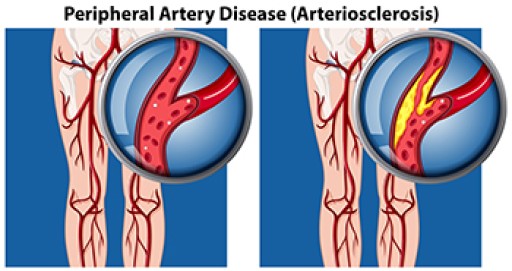
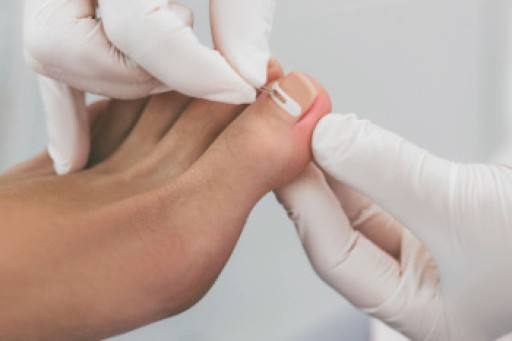
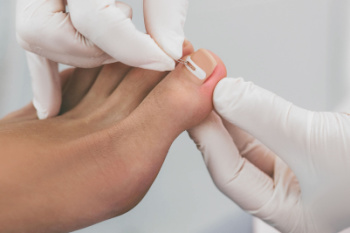 Ingrown toenails
Ingrown toenails
 Ankle sprains
Ankle sprains